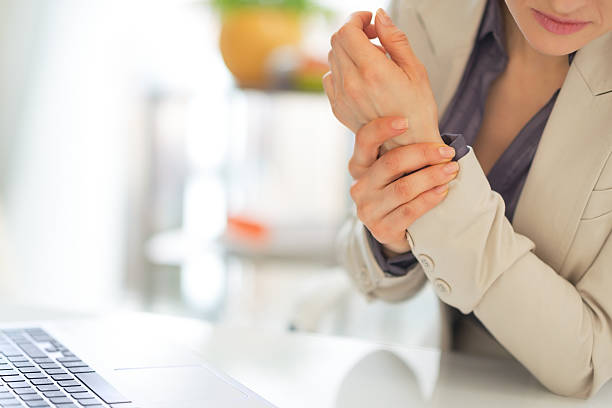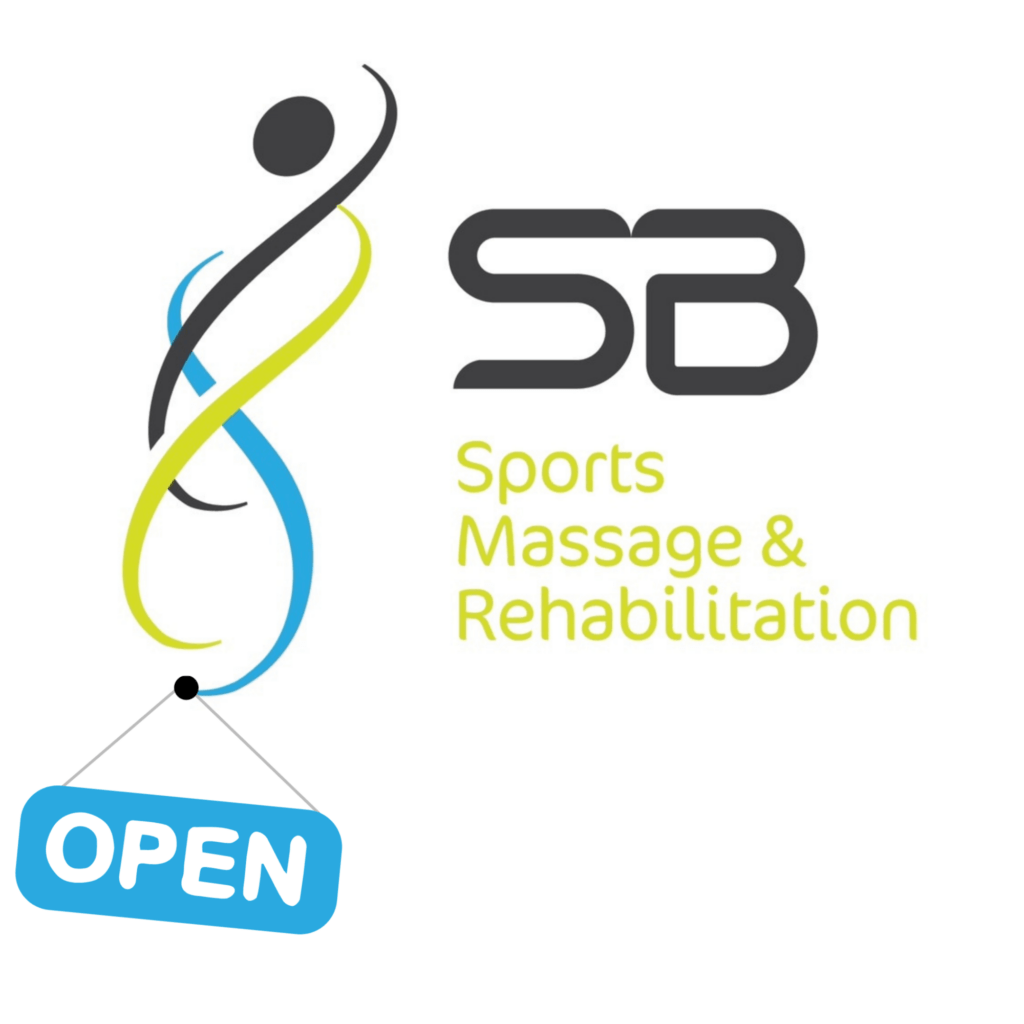Carpal Tunnel
For those that work at a desk on a daily basis, or you are involved in SPORT? And get occasional tingling sensations into the fingers or even numbness or pain, maybe look into how your hands and elbows are positioned throughout the day and try to change how you hold yourself.
What is Carpal Tunnel syndrome?
Carpel Tunnel syndrome is where the median nerve which is situated in the forearm becomes pinched or trapped in its grove in the wrist. With the space being more tight and compact the nerve will start to get irritated on certain movements which will elicit sensations of numbness, pins and needles or even in some cases pain into the fingers.

90% of cases present with:
· Numbness
· Tingeling
· Hand or arm pain
55%-65% of cases present bilaterally potentially associated alongside:
· Diabetes
· Rheumatoid arthritis
· Hypothyroidism
Who is likely to suffer?
Carpal Tunnel syndrome is a very common with those who use their hands on a daily basis and in a repetitive manner such as mechanics, plasterers, waiter/waitress and desk workers who spend a large amount of time typing in that fixed position. Movements that involve a lot of flexion and extension at the wrist and hands are also contributing factors. Unfortunately, women are affected more so than males at developing symptoms and one of those reasons could be associated with pregnancy.
What to do if you are experiencing symptoms?
If you are experiencing any of the symptoms that have been mentioned in this blog, then be sure to contact either ourselves or your local health professional to get a full assessment and treatment that is specific to you.
Here at SB Sports Massage & Rehabilitation we can offer you advice and treatment including release though the neck, shoulders and arm with a sports massage and working on the neural side to diminish symptoms into the hand and fingers. Using all the key areas highlighted above and give you advice on how to prevent this issue from arising again. Home exercises can involve gentle stretching of the forearm and wrist as well as strengthening the forearm muscles to create a stronger healthier wrist.
